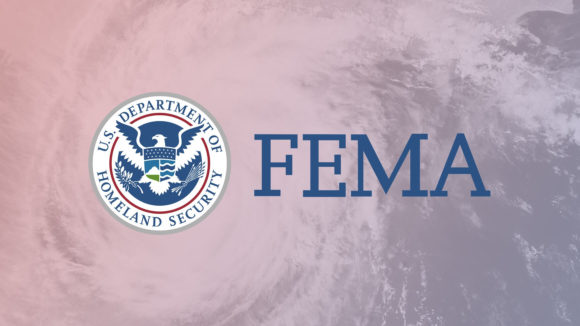The Federal Emergency Management Agency (FEMA) has renewed for the third year a reinsurance program that transfers future catastrophic flood insurance losses to the private sector
The 2019 traditional reinsurance placement for the National Flood Insurance Program (NFIP) transferred $1.32 billion of the NFIP’s financial risk to the private reinsurance market. This reinsurance agreement is effective from January 1, 2019 to January 1, 2020, with 28 private reinsurance companies.
Combined with the $500 million August 2018 capital markets reinsurance placement, FEMA has transferred $1.82 billion of the NFIP’s flood risk for the 2019 hurricane season to the private sector.
As a result of the transfers, if a named storm flood event is large enough to trigger both reinsurance agreements (i.e., a named storm flood event where NFIP claims exceed $5 billion), FEMA would receive payments under both reinsurance agreements.
“It takes an entire community to prepare for disasters, and that includes participation from the private sector. Through reinsurance, FEMA partners with private markets to build a pillar that supports a sound financial framework for the NFIP by a meaningful transfer of flood risk,” said David Maurstad, chief executive of the NFIP.
The 2019 placement of reinsurance covers portions of NFIP losses above $4 billion arising from a single flooding event. FEMA paid a total premium of $186 million for the coverage.
FEMA said the agreement is structured to cover:
- 14 percent of losses between $4 billion and $6 billion,
- 25.6 percent of losses between $6 billion and $8 billion, and
- 26.6 percent of losses between $8 billion and $10 billion
Historically, the NFIP was limited to using flood insurance premiums, available surplus, borrowing capacity from the U.S. Treasury, and in some cases direct appropriations from Congress to pay flood claims.
FEMA contracted with reinsurance broker to assist in securing the reinsurance placement. FEMA also contracted with Aon for financial advisory services for the placement.
FEMA received authority to secure reinsurance through the Biggert-Waters Flood Insurance Reform Act of 2012 (BW-12), and the Homeowner Flood Insurance Affordability Act of 2014 (HFIAA).
FEMA’s 2019 reinsurance placement builds upon its 2017 placement and 2018 placements.
Related:
- FEMA Grows Its Flood Reinsurance Plan with $500 Million Cat Bond
- FEMA to Issue First Catastrophe Bond for Flood Insurance Program
- U.S. Flood Program to Collect $1 Billion in Reinsurance for Hurricane Harvey Claims
- National Flood Insurance Program Buys Private Reinsurance, Plans More in 2017
Topics Flood Reinsurance FEMA
Was this article valuable?
Here are more articles you may enjoy.



 Supreme Court Rejects Challenge to $2.46B Boy Scouts Sex Abuse Settlement
Supreme Court Rejects Challenge to $2.46B Boy Scouts Sex Abuse Settlement  Florida Lawmakers Ready for Another Shot at Litigation Funding Limits
Florida Lawmakers Ready for Another Shot at Litigation Funding Limits  Court Orders Justice Family Coal Companies to Pay $1M to Liberty Mutual Unit
Court Orders Justice Family Coal Companies to Pay $1M to Liberty Mutual Unit  Consumer Acceptance of Telematics Widens, Says Survey
Consumer Acceptance of Telematics Widens, Says Survey 

